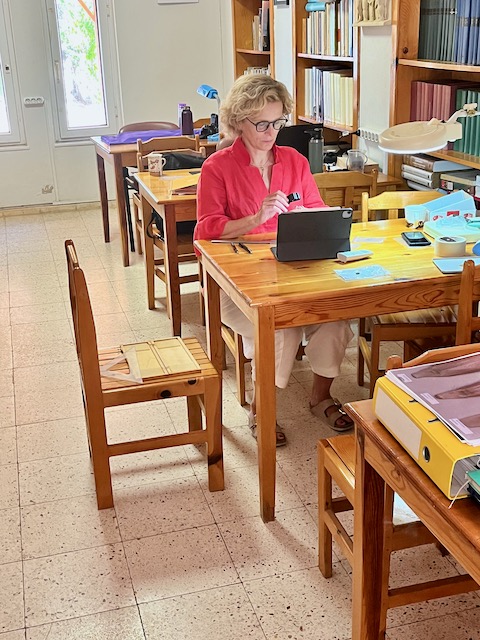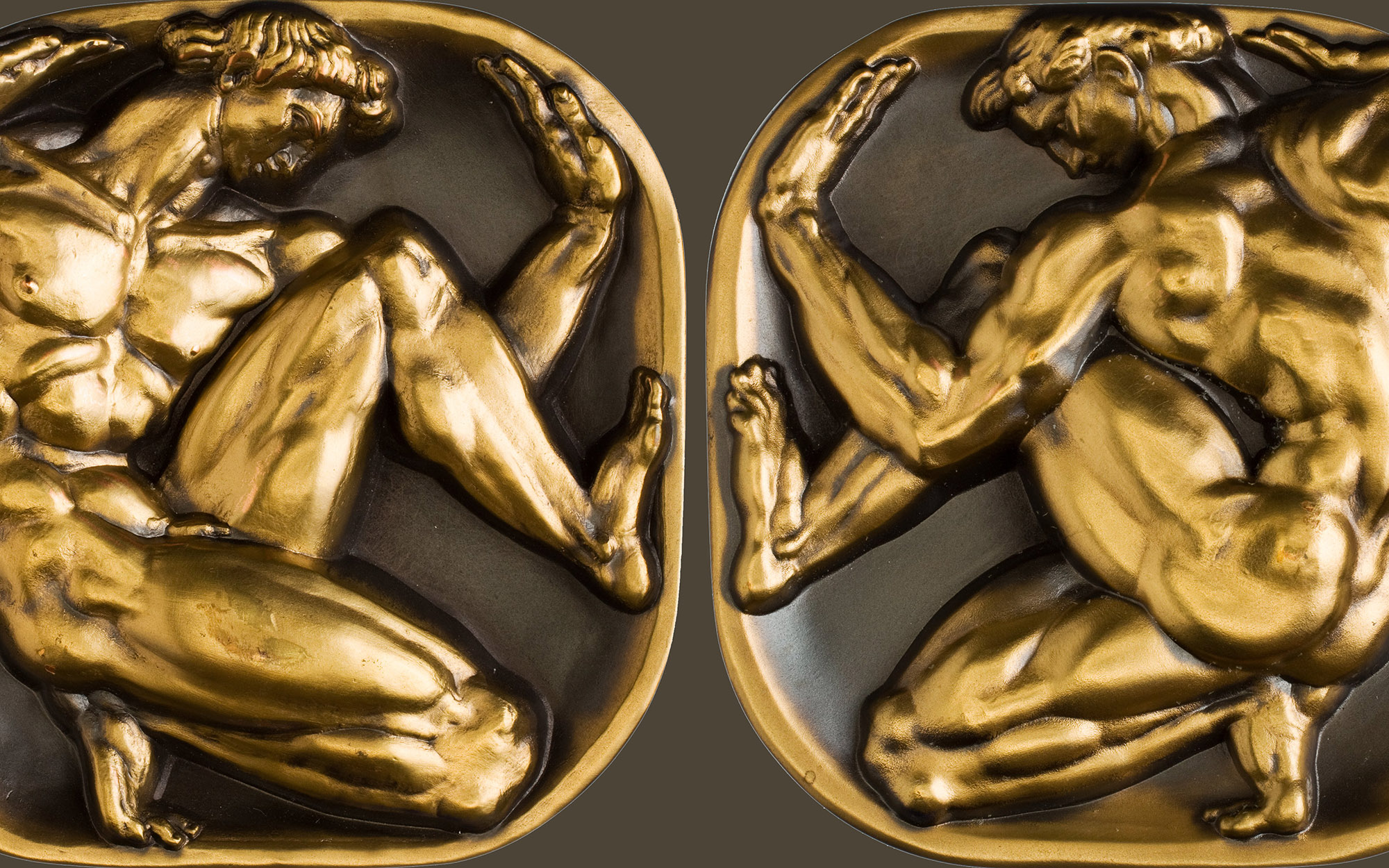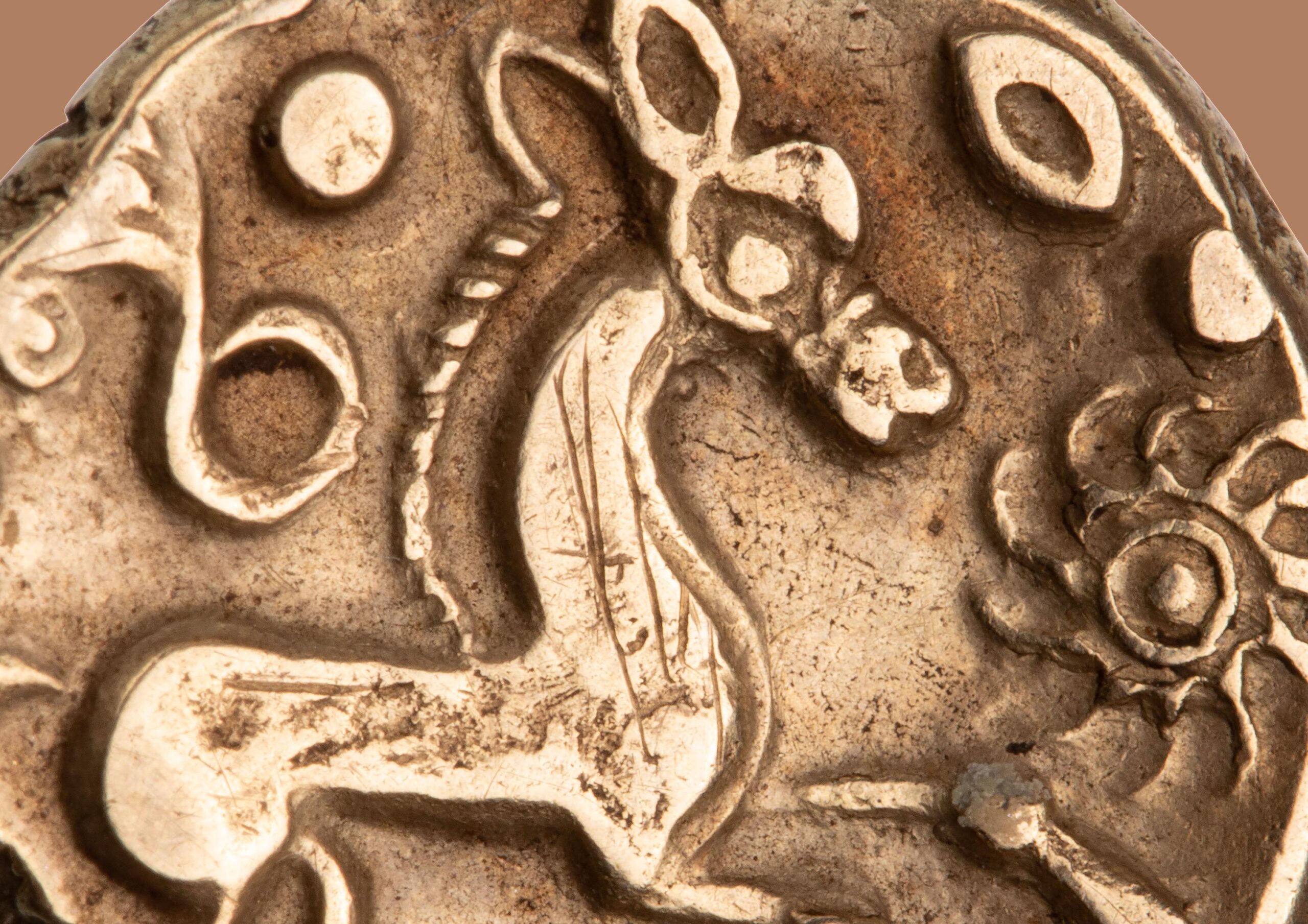ANS in Lycia

As part of a longer trip abroad, ANS President Ute Wartenberg, together with her husband Jonathan Kagan, went to southwestern Turkey to examine excavations at the ancient Lycian site of Patara. At the invitation of Dr. Erkan Dündar, who is part of a Turkish team excavating this important site, they studied over 30 Archaic and Classical coins found in the last few years. Their study will be part of a publication of other finds from this site, which is in preparation by the Turkish team and their various collaborators.

Patara was one of the most important Lycian cities, which was already attested in the 13th century BCE in a Hittite source. The history of Lycia reflects its strong desire for independence while coexisting with the various powers that controlled the area from the sixth century onwards, including the Persians, Athens, the Hekatomnids, and later Alexander the Great and his various successors as well as the Romans. Among Christians, it is better known as the birthplace of Saint Nicholas. The archaeological site, which happens to be located at one of Turkey’s most beautiful beaches, has been partially excavated, and some of the buildings, including a bouleuterion building, have been almost completely reconstructed. There is also an extraordinary project underway to rebuild the lighthouse of Patara, which an inscription dates to the era of Nero. By scanning and reassembling over 2,500 pieces scattered around the area, a computer engineer, an architect, and various workmen will hopefully complete this work soon. For more information, visit the excavation’s website.
Kagan and Wartenberg hope to join the Turkish excavation team to continue their work on the coins dating from the 6th to the 4th century BCE, which are all found in an area called the Tepecik settlement. One of the most spectacular finds from this same area was a hoard of 19 gold Ptolemaic coins, which were hidden in a wall and wrapped in two lead sheets. Ptolemaic officers appear to have lived in these quarters, which have been rich in finds. This find was just published by Erkan Dündar and Dinçer Savaş Lenger in the American Journal of Archaeology 126.2, 2022.




